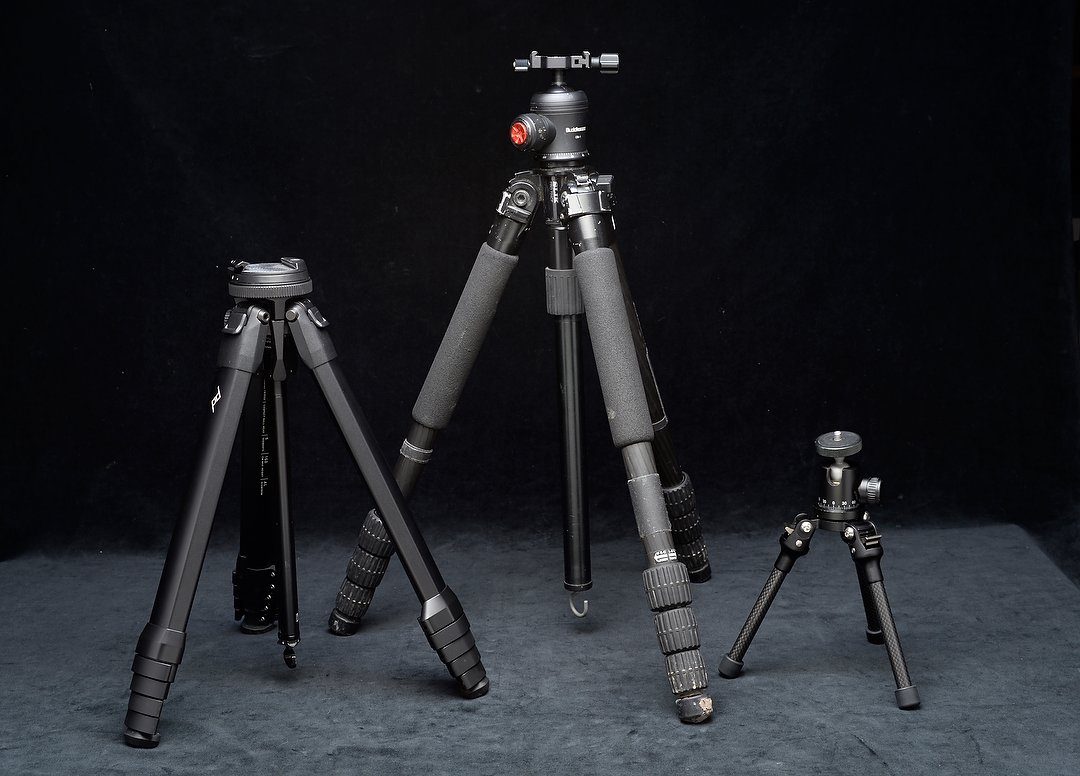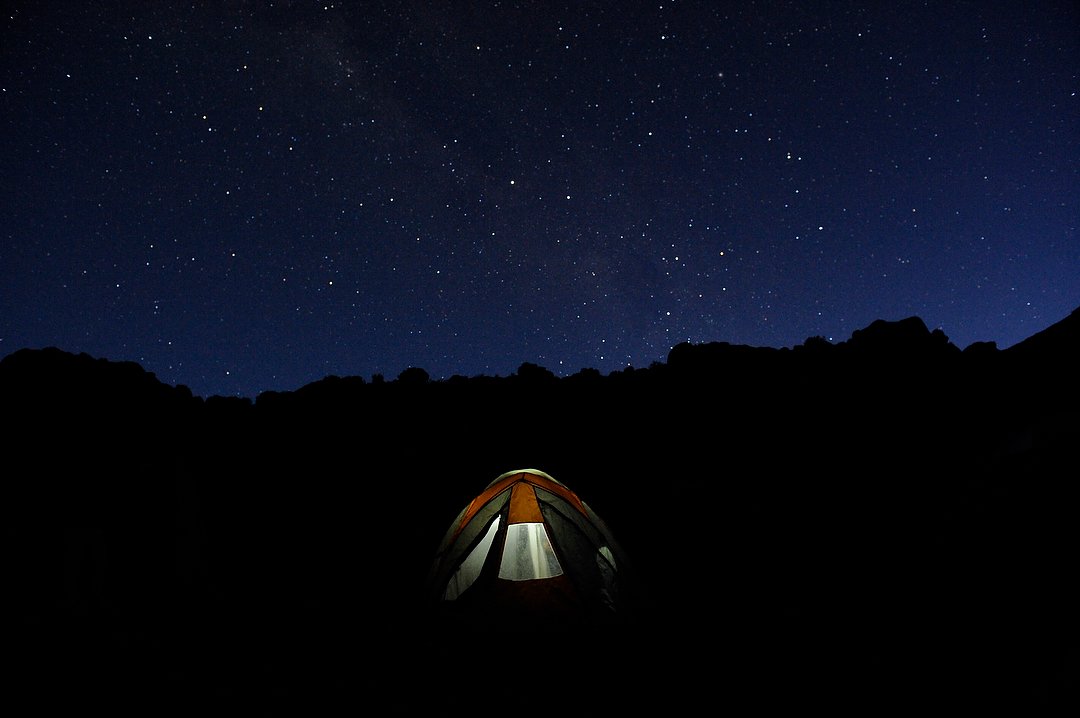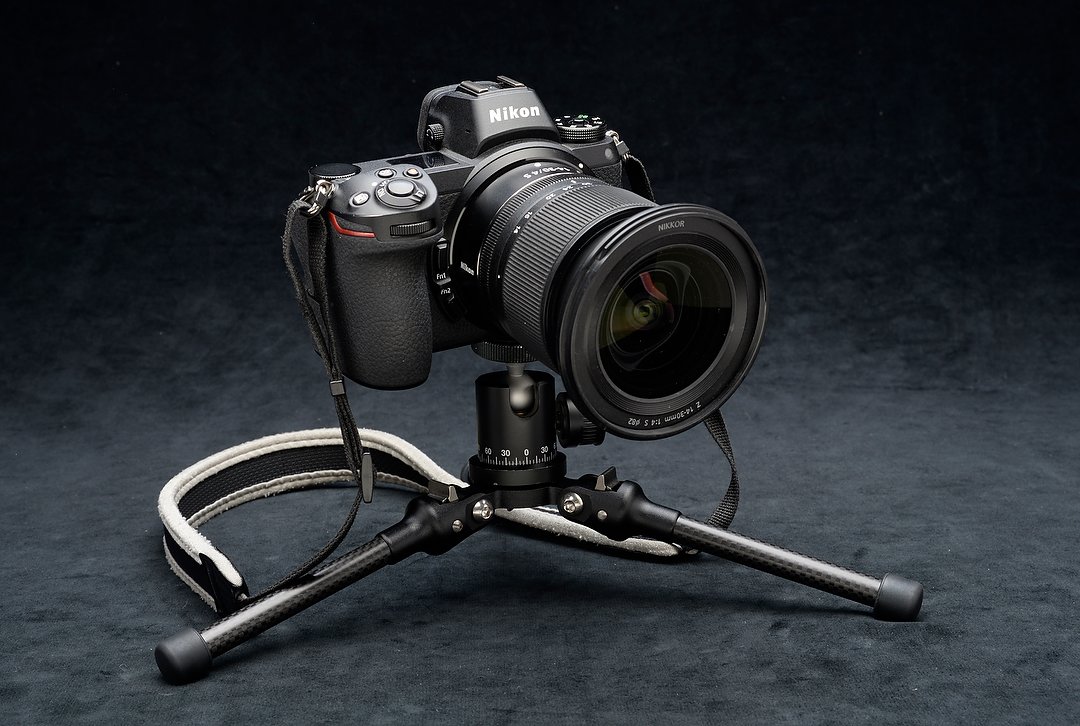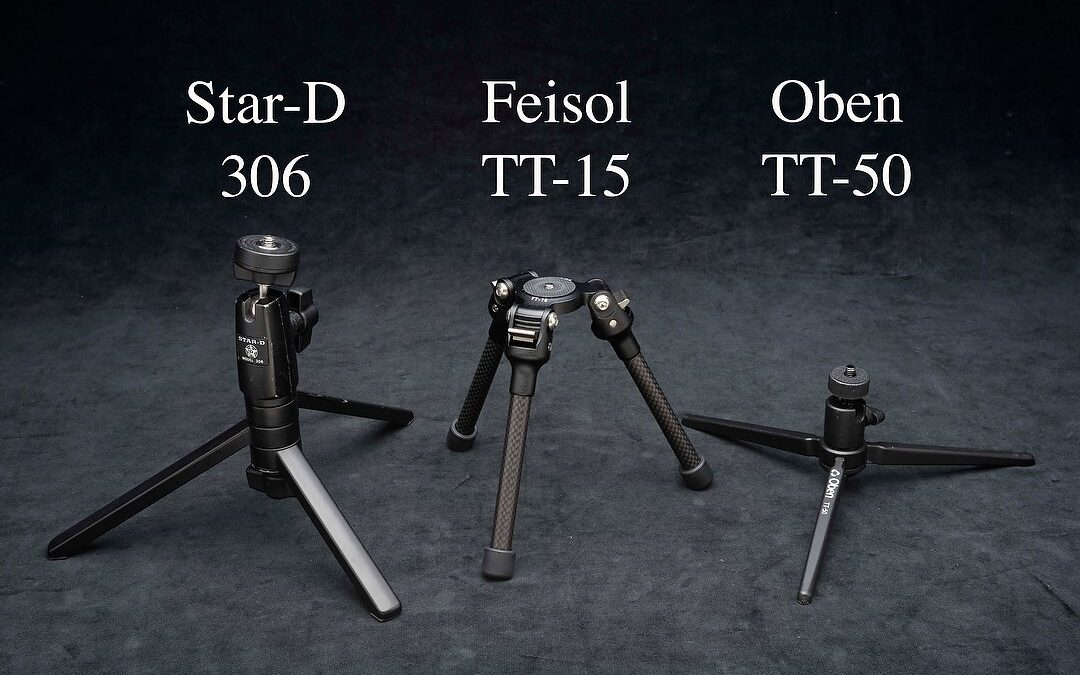Want to get the sharpest photos possible? First you need a good lens, then good technique. And, if you’re using a slow shutter speed, a tripod is a must. Since much of my work the last twenty years has involved travel, I’ve found a couple of great lightweight tripods that do an excellent job for me. In all those years, though, I’d tried but had yet to find a great tabletop tripod.
Tripods are not a “one size fits all” tool. You always want the sturdiest tripod possible, but with that sturdiness comes size and weight, which can create problems when traveling. That’s why it took me several years to find the best combination of a sturdy, lightweight yet relatively compact tripod for most of what I do (the Slik, see below). And eventually, I added another, even more compact tripod for some situations (The Peak Design, also below). But what I kept looking for, and didn’t find until recently, was a great tabletop tripod.

For travel, I can now choose between three different tripods, depending on what I plan to do. The Slik Pro 724 CF (center, now replaced by the PRO CF-734) is my go-to tripod for most travel. The Peak Designs Travel Tripod, at left, is when I need to pack extra light/small but still need a full-size tripod. And now I’ve added the tiny Feisol TT-15, for when I don’t expect to need a tripod, or have to go super-light.
Why would I need a tabletop tripod? Some trips, like the African safari I’m leading next month, don’t call for a tripod at all. Sure, you could bring one, but there will be few if any opportunities to use it. And with limited weight and size restrictions, you’d have to leave other, more important items, behind. Other times, like family vacations or hiking or backpacking, it just wouldn’t make sense to haul along a tripod. Plus, if you really need to do a slow exposure, you can always use the self-timer and try setting the camera on a chair, rock, folded towel, etc. But those options, of course, make it less likely you’ll get the framing you really want.

I was lucky that a boulder was in the right spot to place the camera for this time exposure back in 2010 on a trip to climb Mt. Kilimanjaro in Africa. Nikon D700, Manual exposure, ISO 4000, 10-seconds at f/4.5, 24-70mm f/2.8 lens at 24mm.
So for a long time I’ve been on the lookout for a great tabletop tripod, and over the years have bought a couple. But they were either too heavy (Star-D), too lightweight (Oben, the camera would wobble) or generally not very adjustable. That’s all changed now. What sold me on the Feisol TT-15 was its legs (and that’s what’s almost always most important in a tripod). They’re carbon-fiber, which saves a little weight, but more importantly are sturdy enough for a full-size camera and adjustable to three different angles. That will let me use it on uneven surfaces or even get it lower to the ground.

One of the Feisol’s big advantages over the others was the ability to lock its legs in any of three positions. Plus, the three don’t have to be at the same angle, making it even more useful when you’re working on uneven surfaces. And while you could mount a camera on the Feisol TT-15 as is, you really need to add a ballhead to be able to compose properly. I chose to use one I already had that was perfect for this, the Gitotto MH-1003.
It comes without a ballhead, which was fine with me because then I’m not paying for a something I may not want. While you could use it as is – mounting your camera directly to the 3/8-inch screw – you really need to add a ballhead. Normally, when working with tripods, I use an Arca-Swiss plate and head system. But that adds weight to both the camera and the tripod. The whole point of bringing a tabletop tripod is to save on size and weight, so I chose a ballhead I already had (Giotto MH-1003) which the camera can be mounted to directly without any plate.
Now when people ask me for tripod recommendations, I have one more to suggest. And I can’t wait to put it to work, next month in Africa!
(If you like this story, please share it with your friends and let them know about the links on photography that I post on my business Facebook page. I’m also on Instagram and Twitter, @reedhoffmann. And if you’re curious about the workshops I teach, you can find them here. And, you can subscribe to this blog on my home page.)


Thanks Reed. Anxious to see how well it works.
And you will! I’m bringing it to Tanzania.
Thanks Reed…appreciate the recommendation